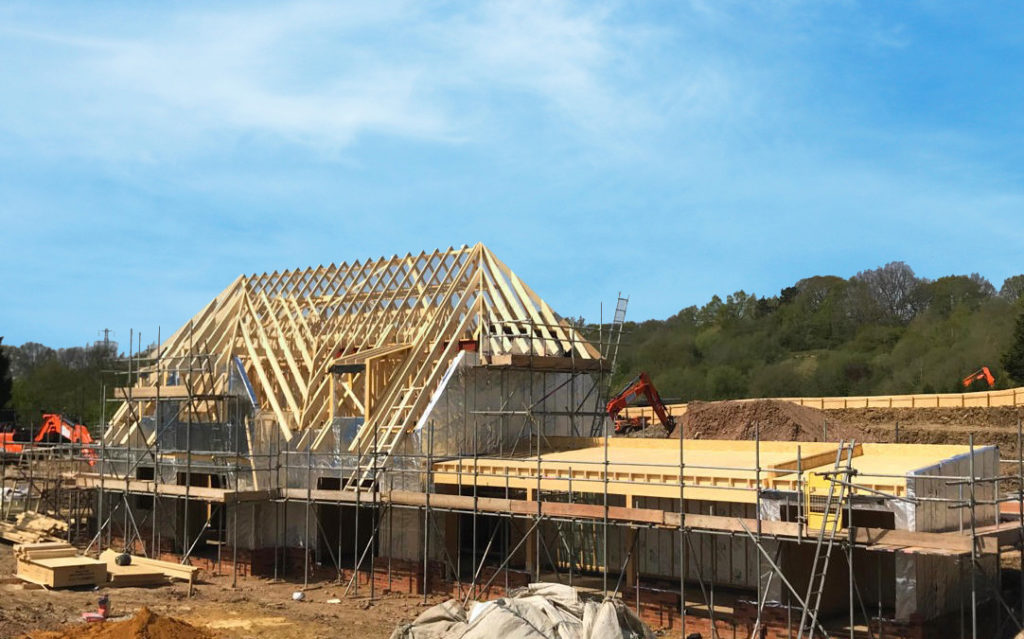The use of timber in construction is becoming increasingly popular, and it’s easy to see why. Timber is an excellent building material that can help the UK achieve its net-zero goals by 2050 due to its carbon-saving benefits. It’s also the only truly renewable resource, provided it comes from properly farmed and managed forests that follow ethical harvesting protocols. To ensure that structural engineers have access to the necessary timber frame skills for their projects, Andrew Carpenter from the Structural Timber Association (STA) emphasizes the importance of partnering with experts in the industry. Early engagement is critical, and finding the perfect build partner requires attention to detail.
Early collaboration and partnering with experts throughout the whole supply chain is important. Structural timber detailing requires knowledge and experience to ensure safe and correct design as with any other construction materials and process.
It is important that quality and standards of timber construction must be to the highest degree; therefore, the STA see that accreditation is crucial to providing all stakeholders with evidence that companies are held to high standards.
Read the full article from the STA here

Timber frame and structural insulated panels (SIPs) are the preferred systems for low and medium-rise buildings, such as housing, education and commercial.
Did you know these systems account for 23% of the homes built in England, and over 85% in Scotland?
Offsite manufactured, these systems ensure a faster build as well as a more energy-efficient and sustainable building.


